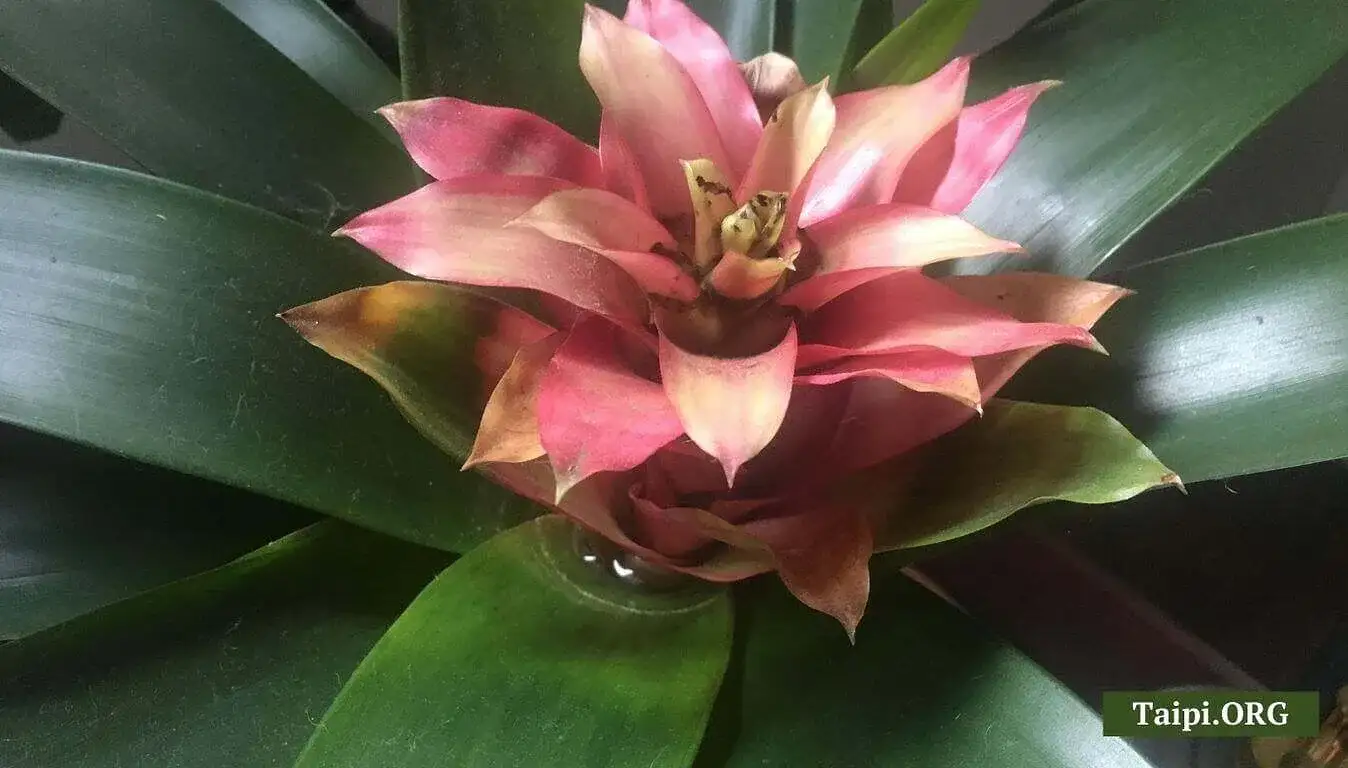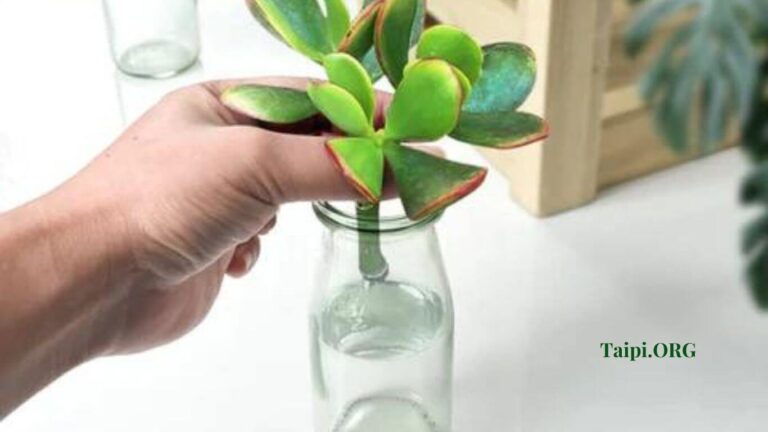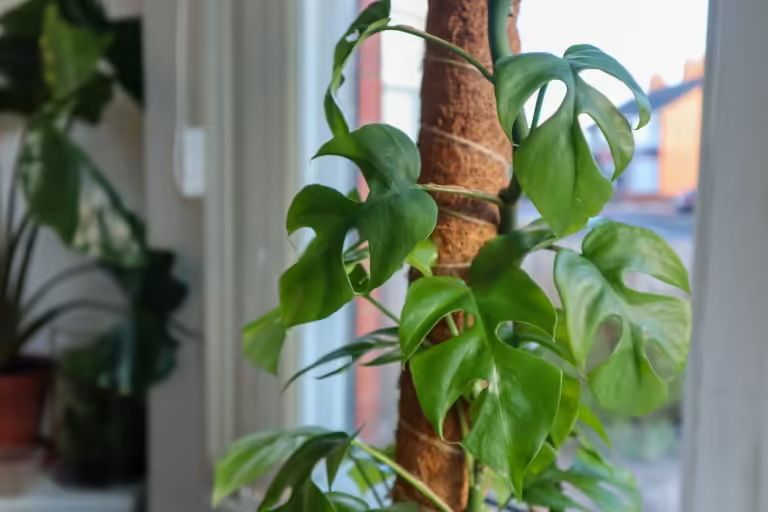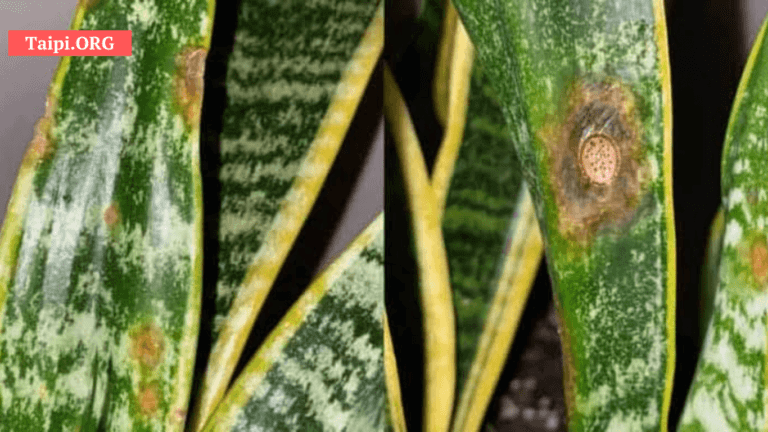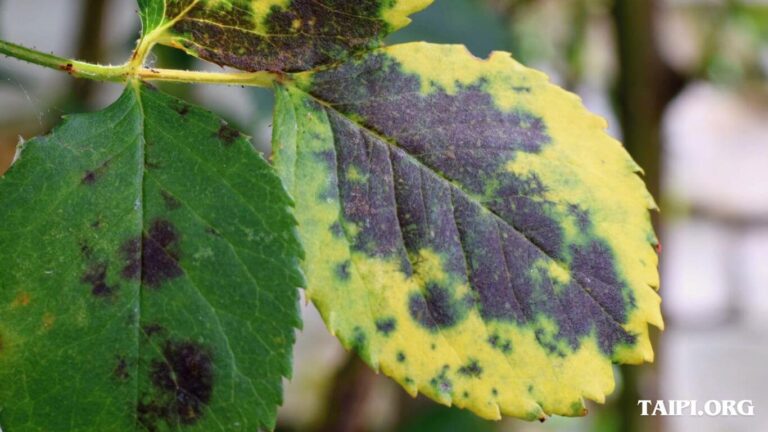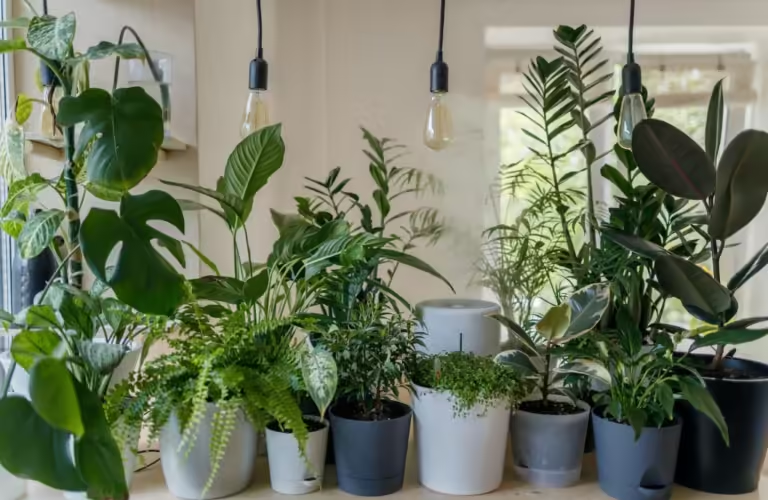Bromeliad Color Fading? Causes & Fixes
IS YOUR bromeliad plant losing its glorious color? Sorry about that. Bromeliad color fading can be attributed to several factors, and it’s essential to consider various aspects of care and environmental conditions to determine the specific cause.
Your bromeliad color is fading because it’s done blooming, thus about to die, lacks nitrogen, or it’s not receiving enough light.
My Bromeliad Color Fading: 7 Common Reasons
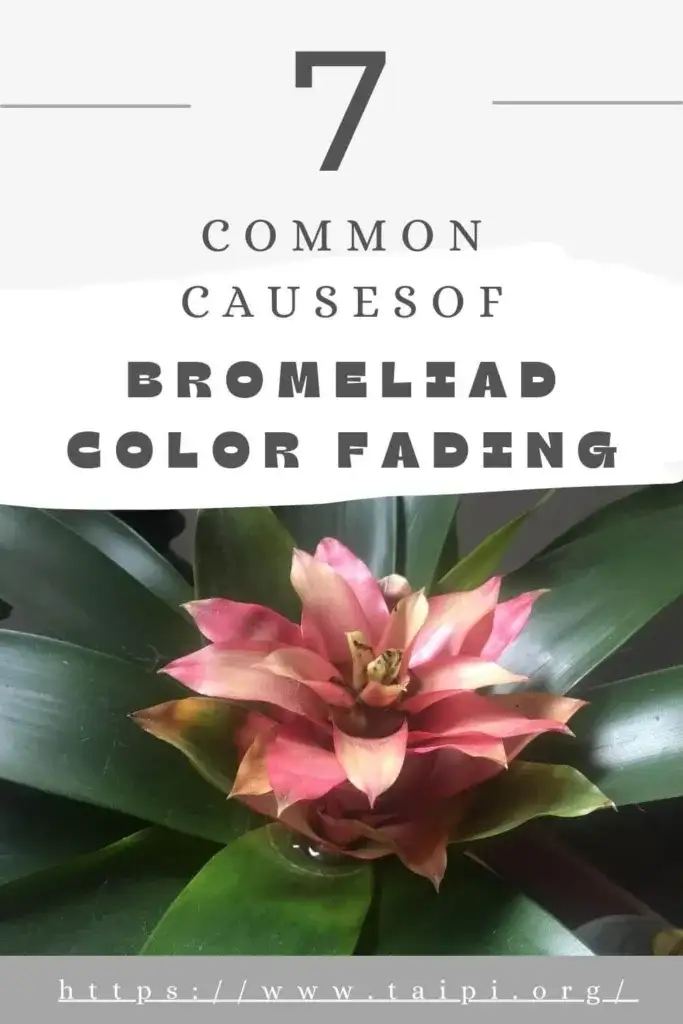
Here are some common reasons why bromeliad color might fade:
1. Natural Aging
Bromeliads, like many plants, go through a natural aging process. As individual leaves or the central rosette of the plant ages, they may lose their vibrant color and appear dull.
2. Lighting Conditions
Bromeliads generally thrive in bright, indirect light. If a bromeliad is not receiving enough light or is exposed to direct sunlight for extended periods, it can lead to fading of color.
On the other hand, too much intense sunlight might cause sunburn and damage the leaves.
3. Nutrient Deficiency
A lack of essential nutrients, especially nitrogen, can impact the overall health and color of bromeliads. Make sure you are providing a balanced fertilizer regularly, following the specific recommendations for bromeliads.
4. Watering Issues
Bromeliads prefer to be kept consistently moist but not waterlogged. Overwatering or underwatering can stress the plant and affect its color. Watering should be done when the top inch of the soil feels dry.
5. Temperature Extremes
Bromeliads are sensitive to extreme temperatures. Exposure to very low or high temperatures can cause stress and result in color fading. Maintain a suitable temperature range for your specific bromeliad species.
6. Pests and Diseases
Infestations by pests such as mites or mealybugs, or the presence of diseases, can weaken the plant and affect its color. Regular inspection and prompt treatment can help prevent such issues.
7 Soil Conditions
Bromeliads prefer well-draining soil. If the soil is compacted or doesn’t allow proper drainage, it can lead to root rot and negatively impact the plant’s health and color.
How to Identify Bromeliad Color Fading
You will identify bromeliad color fading by observing changes in the plant’s appearance and comparing it to its typical characteristics.
Nonetheless, here are some signs and steps to help you identify color fading in bromeliads:
Normal Aging
Understand that some color changes are a natural part of a bromeliad’s life cycle. As individual leaves age, they may lose their original color and become less vibrant. This is a gradual process and should not be a cause for concern.
Leaf Color
Examine the color of the leaves. Fading can manifest as a loss of vibrancy or intensity in the usual pigmentation. The leaves may appear less saturated or may start to curl inward, and the characteristic markings or patterns may become less distinct.
Central Rosette
Many bromeliads have a central rosette of leaves that forms a distinct shape. Check the color of this central area, as changes in its color can be indicative of fading. Healthy bromeliads often have a vivid, well-defined center.
Leaf Structure
Observe the overall health of the leaves. Fading may be accompanied by changes in leaf structure, such as splitting, wilting, browning, or yellowing. Inspect the leaves for any signs of damage, discoloration, or abnormalities.
Comparisons
If you have pictures of the bromeliad when it was healthier, compare the current state to the images. This can help you notice subtle color changes that might not be immediately apparent when you see the plant every day.
Environmental Factors
Consider environmental conditions, such as light exposure, temperature, and humidity. Changes in these factors can impact the color of bromeliads.
Ensure that the plant is receiving suitable light and is not exposed to extreme temperatures.
Check for Pests and Diseases
Examine the plant for signs of pests or diseases. Insects, mites, or fungal issues can stress the plant, leading to color fading. Look for unusual spots, webs, or discolorations on the leaves.
Evaluate Watering Practices
Review your watering routine. Overwatering or underwatering can affect the health and color of bromeliads. Adjust your watering schedule to keep the soil consistently moist but well-drained.
Regularly monitoring your bromeliad and being attentive to changes in its appearance will help you identify color fading early on.
Addressing any issues promptly, such as adjusting care conditions or treating pests, can help restore the plant’s vibrancy.
If you’re uncertain about the cause or need specific advice, consider consulting with a local horticulturist or plant expert.
How to Fix Bromeliad Color Fading
To address bromeliad color fading, it’s important to identify and correct the underlying causes.
Here are steps you can take to fix color fading in bromeliads:
Adjust Lighting Conditions
Ensure that the bromeliad is receiving the appropriate amount of light. Most bromeliads thrive in bright, indirect light. If the plant is in low light, consider moving it to a brighter location.
Avoid direct sunlight for extended periods, as this can lead to color fading or even sunburn. Filtered or dappled light is generally ideal.
Check Watering Practices
Assess your watering routine. Bromeliads prefer to be kept consistently moist but not waterlogged. Adjust your watering schedule to maintain optimal soil moisture.
Ensure proper drainage in the pot to prevent water accumulation, which can lead to root rot.
Evaluate Soil Conditions
Use well-draining soil suitable for bromeliads. Compacted or poorly-draining soil can contribute to root issues and affect the plant’s overall health and color.
Provide Adequate Nutrients
Feed your bromeliad with a balanced fertilizer specifically formulated for bromeliads. Follow the recommended dosage on the fertilizer packaging.
Ensure that the fertilizer includes essential nutrients, especially nitrogen, to support healthy foliage and vibrant color.
Monitor Temperature
Maintain a suitable temperature range for your bromeliad species. Extreme temperatures, both high and low, can stress the plant and lead to color fading.
Inspect for Pests and Diseases
Regularly check the plant for pests such as mites, mealybugs, or aphids. Treat any infestations promptly with appropriate insecticidal soap or neem oil.
Address any signs of diseases, such as fungal infections, by pruning affected areas and applying a fungicide if necessary.
Remove Dead or Yellowing Leaves
Trim any dead or yellowing leaves from the bromeliad. This helps redirect the plant’s energy to healthier parts and improves its overall appearance.
Humidity and Air Circulation
Bromeliads generally appreciate high humidity. If the air in your home is dry, consider increasing humidity around the plant using methods like misting or placing a tray of water nearby.
Ensure good air circulation around the plant to prevent stagnant air, which can contribute to fungal issues.
Provide Proper Care for the Specific Species
Different bromeliad species may have specific care requirements. Research and understand the specific needs of your bromeliad variety to ensure optimal growth and coloration.
Bromeliad Color Fading Frequently Asked Questions (FAQs)
Q: Why is my bromeliad losing its vibrant color?
A: Bromeliads can lose color due to various factors such as inadequate light, incorrect watering practices, nutrient deficiencies, or environmental stress. Assess the plant’s care conditions, including lighting, watering, and nutrient levels, to identify and address the specific cause of color fading.
Q: How can I prevent my bromeliad from experiencing color loss?
A: To prevent bromeliad color fading, provide the plant with appropriate indirect light, avoid prolonged exposure to direct sunlight, maintain proper watering practices, ensure well-draining soil, and fertilize with a balanced fertilizer suitable for bromeliads. Regularly monitor the plant for pests or diseases, as these can also contribute to color deterioration.
Q: What should I do if my bromeliad’s color is fading?
A: If you notice your bromeliad’s color fading, first assess its care conditions. Adjust the lighting, watering, and nutrient levels as needed. Trim any dead or yellowing leaves, and inspect the plant for pests or diseases. Consider providing additional humidity if necessary. Patience is key, as it may take some time for the plant to recover its vibrancy after addressing the underlying issues. If problems persist, seek advice from a local horticulturist or plant expert.
Bromeliad Color fading Final Thoughts
I believe you have learnt the common causes of your favorite bromeliad color fading problem.
To address the bromeliad color fading issue, examine the growing conditions of your bromeliad and adjust care accordingly. Consider factors like light, water, nutrients, and overall environmental conditions.
If the fading persists or worsens despite corrective measures, it may be helpful to consult with a local plant expert or nursery for specific advice tailored to your bromeliad species.

